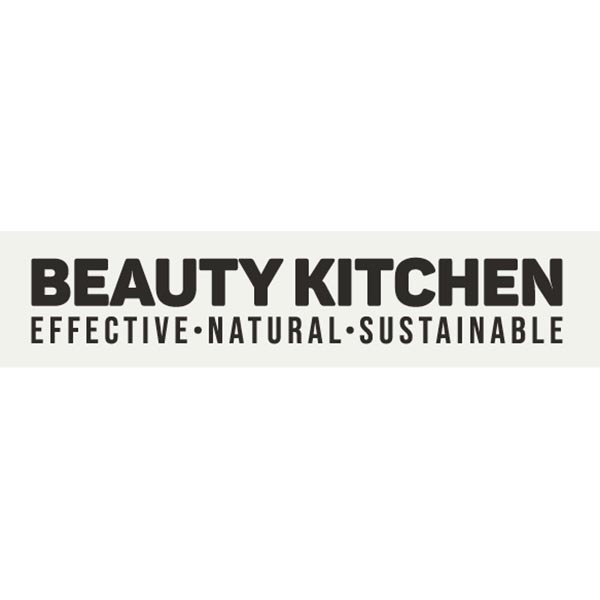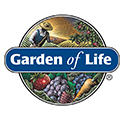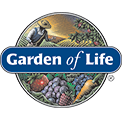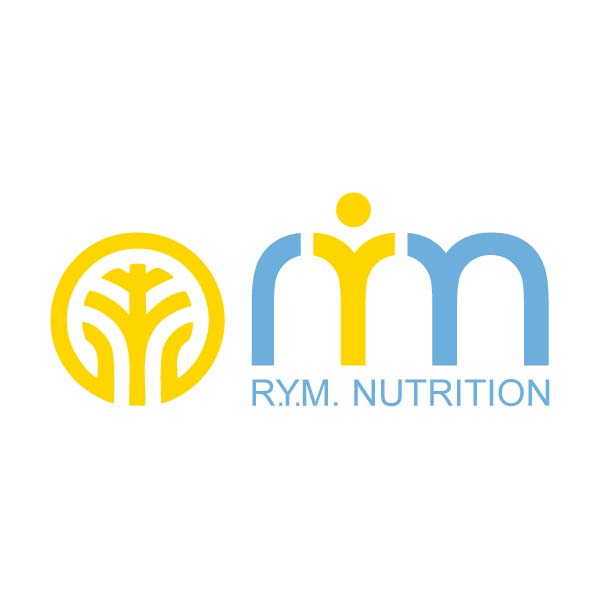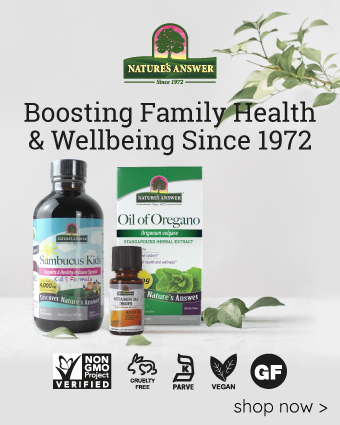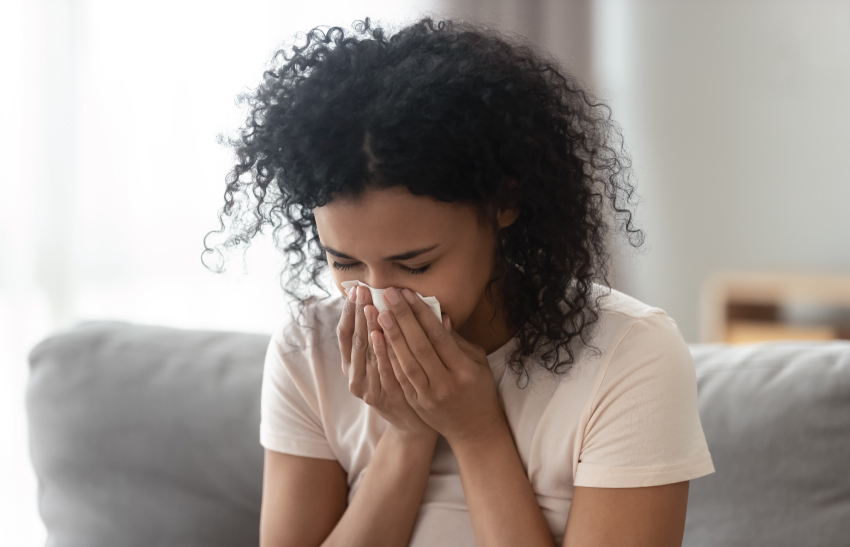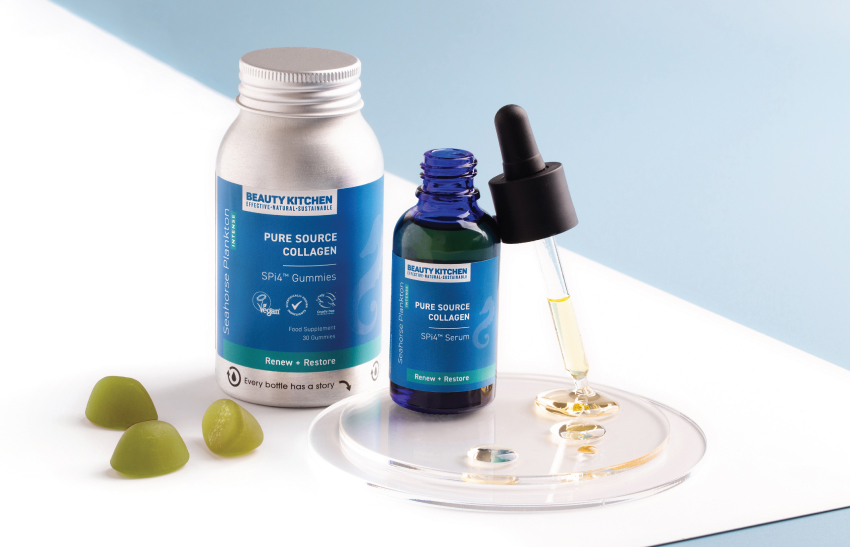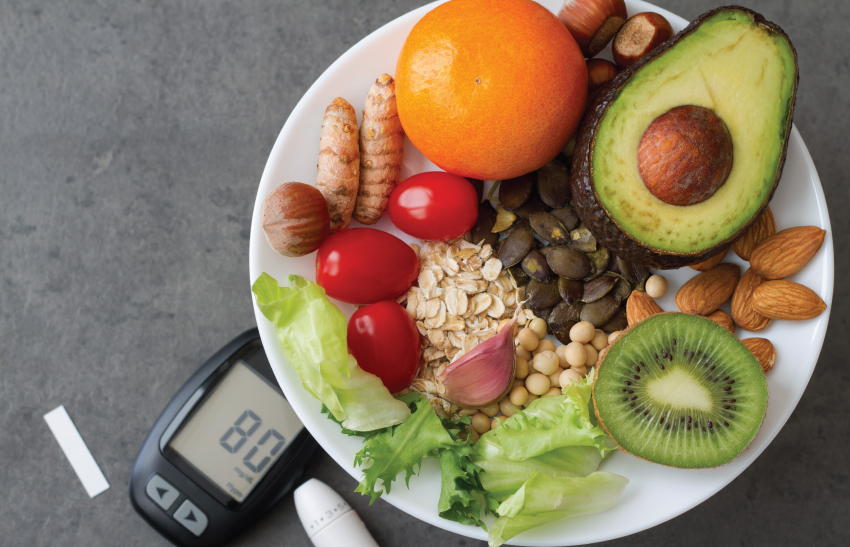
Nourish healthy bones in midlife and beyond
We tend to associate osteoporosis with the very elderly; the truth is that bone demineralisation can begin to show up at earlier life stages. Women can lose up to 20 percent of their bone density in the five-to-seven years after menopause. Osteoporosis is a silent issue, those with low bone density cannot feel their bones getting weaker. Unlike arthritis where there is pain due to inflammation, osteoporosis is a symptomless condition unless a bone is broken, or a spinal fracture occurs as a result.
What is osteoporosis?
Osteoporosis and osteopenia (a lesser advanced form of osteoporosis) are characterised by structural deterioration of bone tissue and low bone density. With osteoporosis, there is an increased risk of bone fractures, with vulnerable areas being the wrists, hips and the mid to upper spinal vertebrae. Described as fragility fractures, bones can break easily even after a minor bump, fall or sneeze! According to the Royal Osteoporosis Society over 3 million people in the UK live with osteoporosis, with post-menopausal women and the elderly most affected. Hip fractures can be very serious and can often lead to complications and greater risk of mortality.
When do we need to start thinking about bone health?
Bone mass peaks at the age of 25-30. When women experience perimenopause, at some point in their midlife, oestrogen levels begin to decline. This is when there can be a marked increase in bone loss. The positive fact is that nutrition and lifestyle approaches have been shown to help slow down the rate of bone deterioration. Bone is constantly being remodelled, there is a continuous play between osteoclasts- the bone cells that stimulate the breaking down of old and damaged bone tissue, and osteoblasts- the bones cells that stimulate the formation of new bone tissue. Healthy diet and lifestyle interventions can boost osteoclast bone building activity.
What natural approaches can support bone strength and prevent bone loss?
ü Brisk walking is vital for bone maintenance - optimally at least 30 minutes, twice daily.
ü Weight-bearing exercises can strengthen muscles and stimulate new bone formation.
ü Pilates and yoga can help to build core muscle strength and balance, helping to prevent stumbles and falls.
ü Flexibility exercises that focus on extension rather than flexion of the spine may help prevent spinal compression fractures.
ü A balanced diet containing calcium and mineral rich foods will supply the building blocks for healthy bones.
ü A healthy gut microbiome can support digestion and nutrient absorption.
ü A diet abundant in antioxidant vitamin C rich foods can support the collagen formation needed for healthy bones. Collagen is the matrix of connective tissue within bone that together with minerals support bone strength.
ü Exposure to sunshine allows for healthy vitamin D levels needed for the absorption of calcium. During the Autumn and Winter months it is especially important to supplement with Vitamin D3 to prevent deficiency.
Which nutritional supplements could be helpful?
 Nature’s Answer Vitamin D3 & K2 Drops Vitamin D3 assists calcium absorption and Vitamin K2 is a co-factor in calcium utilisation, helping to ensure calcium is deposited in bones and away from soft tissues and arteries. Being in liquid drops allows for efficient absorption and utilisation.
Nature’s Answer Vitamin D3 & K2 Drops Vitamin D3 assists calcium absorption and Vitamin K2 is a co-factor in calcium utilisation, helping to ensure calcium is deposited in bones and away from soft tissues and arteries. Being in liquid drops allows for efficient absorption and utilisation. For those who are at risk of low calcium in their diet - Garden of Life Plant Based Calcium provides wholefood, certified organic forms of Calcium, Vitamin D3 and Vitamin K2, in well–absorbed forms that are gentle on the stomach. Algae derived forms of calcium are thought to be better tolerated and absorbed than other forms such as those derived from limestone (chalk).
For those who are at risk of low calcium in their diet - Garden of Life Plant Based Calcium provides wholefood, certified organic forms of Calcium, Vitamin D3 and Vitamin K2, in well–absorbed forms that are gentle on the stomach. Algae derived forms of calcium are thought to be better tolerated and absorbed than other forms such as those derived from limestone (chalk). Nature’s Answer Marine Based Cal-Mag supplies a synergistic blend of algae and sea water derived Calcium and Magnesium alongside a unique complex of 72 Trace Minerals that gives a powerful boost to this liquid formula.
Nature’s Answer Marine Based Cal-Mag supplies a synergistic blend of algae and sea water derived Calcium and Magnesium alongside a unique complex of 72 Trace Minerals that gives a powerful boost to this liquid formula. NeoCell’s Super Collagen and Locako’s Keto Collagen products offer Type 1 & 3 collagen peptides in a range of formats from powders and tablets to liquid and collagen snack bars. Studies show that collagen supplements may help inhibit the bone breakdown that leads to osteoporosis.
NeoCell’s Super Collagen and Locako’s Keto Collagen products offer Type 1 & 3 collagen peptides in a range of formats from powders and tablets to liquid and collagen snack bars. Studies show that collagen supplements may help inhibit the bone breakdown that leads to osteoporosis.
Any claims are based on clinical research, are not aimed to diagnose, treat, cure or prevent any disease. Food supplements should be used within the framework of a healthy lifestyle and not used as substitutes of a varied and balanced diet.
References:
- Abrams S. A. (2003). Normal acquisition and loss of bone mass. Hormone research, 60 Suppl 3, 71–76. https://doi.org/10.1159/000074505
- König, D., et al. (2018). Specific Collagen Peptides Improve Bone Mineral Density and Bone Markers in Postmenopausal Women-A Randomized Controlled Study. Nutrients, 10(1), 97. https://doi.org/10.3390/nu10010097








